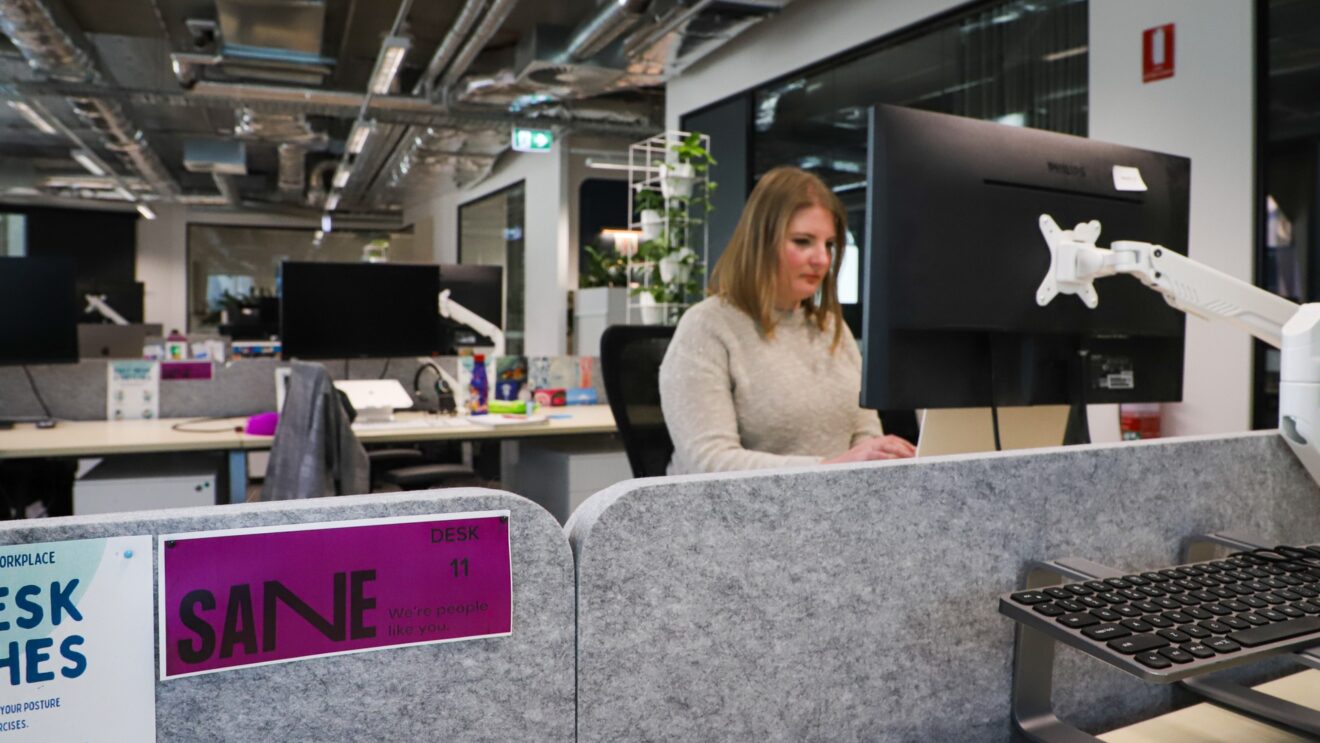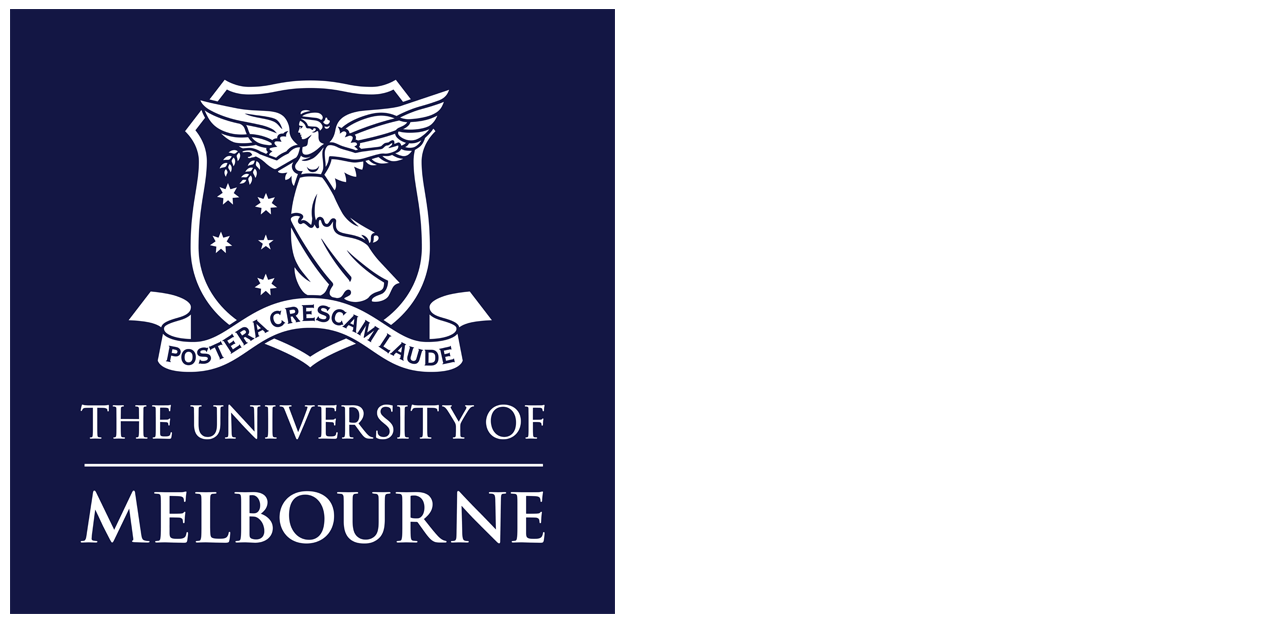

Director of People and Communications for SANE Australia, Jessica Kaaden, is a human dynamo. The mother of two found her feet working in the Victorian public sector and was named Australia’s HR Rising Star in 2016. As a self-described “typical millennial” and someone who enjoys a challenge, Jess has a schedule as packed as a parliamentarian. In addition to her work at SANE, Jess is on the Parent’s Association and the School Board, and moonlights as Vice President of the Australian HR Institute as well as being on the National Accreditations Committee — in between all of this, she somehow manages to read three books per week.
We sat down with Jess to learn how she manages such a busy routine and why SANE Australia has found its perfect new home at Melbourne Connect.
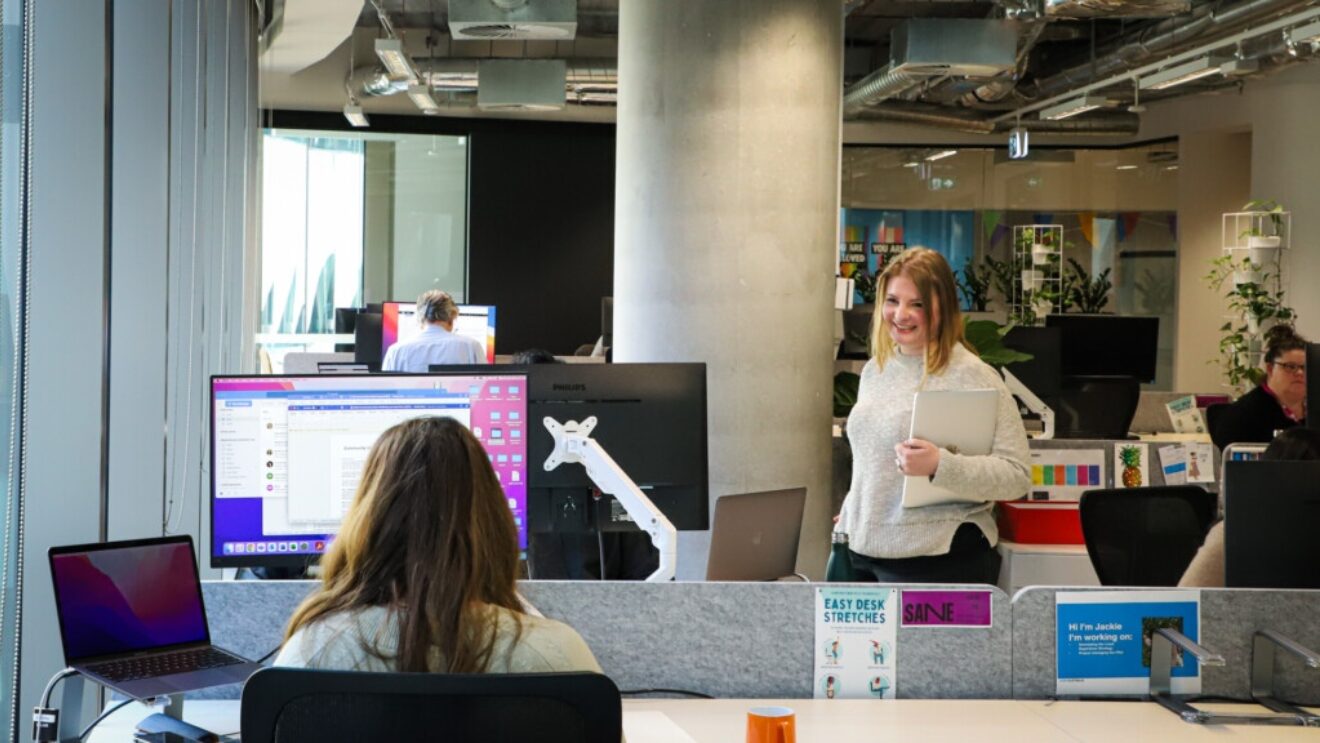
Hi Jess, to start with, could you introduce yourself to us and tell us about where we are today?
Hi, I’m Jessica Kaaden and I’m the Director of People and Communications for SANE Australia.
I’m sitting here today on the land of the Wurundjeri People, and I pay my respect to their elders past and present. Today we’re in our Melbourne Connect office, which is my personal favourite of our three offices.
Could you tell us a little about SANE as an organisation and the work that SANE does?
SANE is a leading Australian NGO on complex mental health, and we provide support, advocacy, and services for people with complex mental health issues, as well as for their families and carers.
We provide services such as counselling and peer support, online forums as well as art programs at The Dax Centre. We have an art gallery on The University of Melbourne campus that is focused on stigma reduction and education. And then we also do policy advocacy and research.
What mental health issues does complex mental health encapsulate?
We talk about high impact, low prevalence versus low impact, high prevalence. So low impact, high prevalence, is your anxiety or depression and is more commonly supported by organisations like Beyond Blue. We are at the more complex end of the spectrum, so schizophrenia, personality disorders, and trauma.
Complex can also mean intersecting with other areas. So, it might be depression or anxiety in the context of homelessness or domestic violence or we’re seeing disaster recovery coming through as another theme. It also means co-occurring with autism and intellectual disability as well. We don’t have a firm definition, but it’s generally those who are under-supported or not supported within the current mental health system.
How long have you been working with SANE and can you tell us a bit about your background?
I joined earlier this year, so not a long period of time. SANE is a rapidly growing organisation, we’ve onboarded 75 people in the past nine months, and we’re expecting to onboard about 15 people in the next month. When you have that level of growth, then you are looking to bring in people at senior levels, and that’s where the opportunity for my role came in.
I originally came on as the Director of People and Culture, but my portfolio has now grown. I now look after our people and culture branch, our operations team and our communications and marketing, which includes media and our gallery and exhibitions. My background is in organisational transformation. So, when organisations are going through a period of growth or a period of change then that’s what I’m there for.
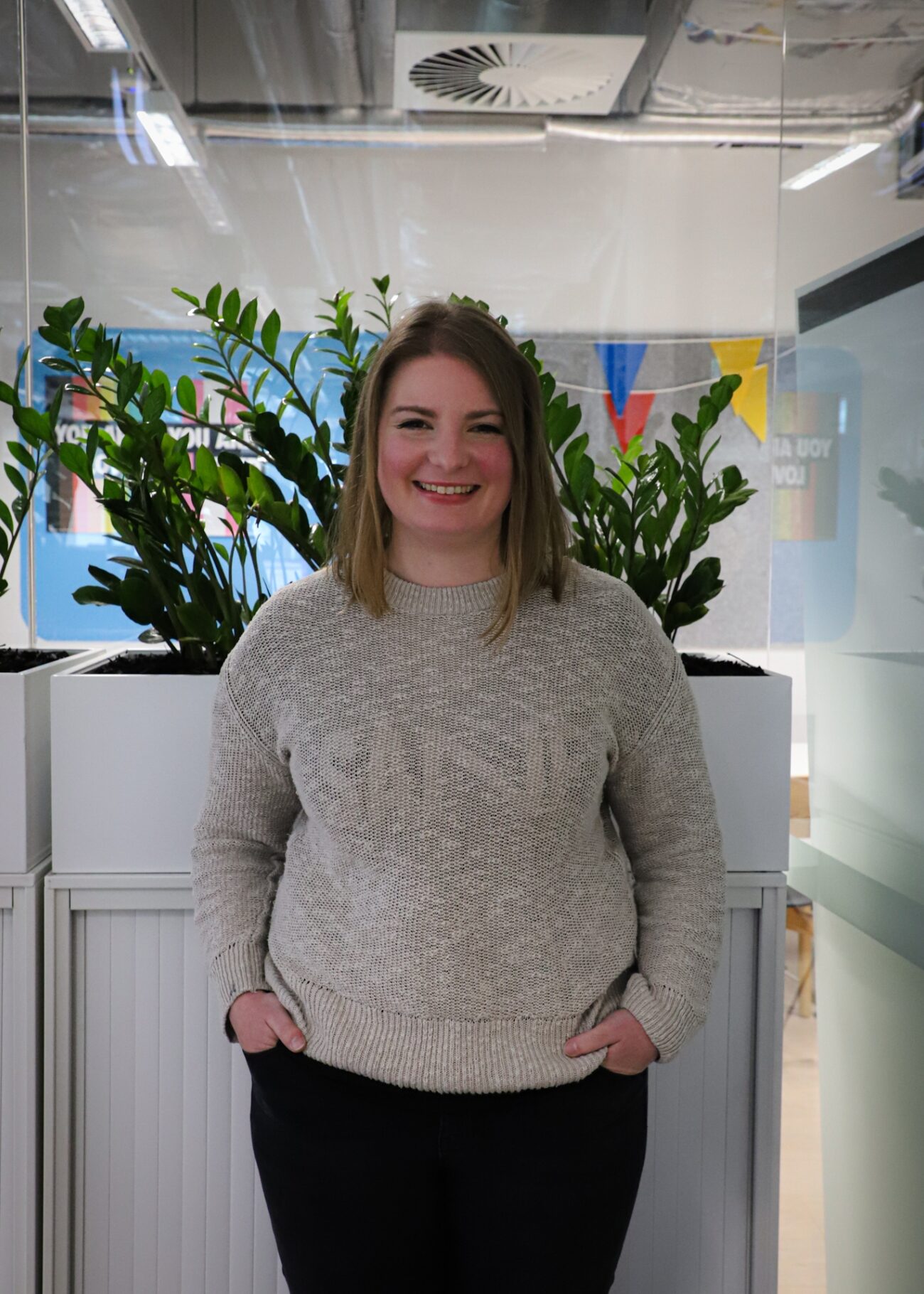
What attracted you to working at SANE?
The purpose of SANE is amazing, helping Australians with complex mental health. That’s a great cause to rally around. In addition to that, it’s looking at the high calibre of the executive team and the leadership team.
We’ve got former CEOs who come and work with us. We get people who have perhaps spent a lot of their career in high-powered private organisations and they’re now ready to be able to give back to an NGO like SANE, so the calibre of people working here is amazing.
It was also the vision and leadership of Rachel Green, our CEO, it’s an exciting time to come on board. We’ve got a new strategy, a new brand, and a new service which have all launched in the past few months, so it’s an organisation going through a significant transformation.
I admit that I like a challenge and I like to continuously learn. So that’s what I do.
What attracted SANE to being based at Melbourne Connect?
We have a close and collaborative relationship with The University of Melbourne, so we have the Anne Deveson Research Centre, which is a collaboration between SANE and The University of Melbourne, and we work with them on a lot of our projects. The spirit of collaboration at Melbourne Connect is really strong and was a big draw card for us in being able to work with other like-minded organisations.
One of our projects is the Stigma Watch Campaign Project. It’s a program whereby stigma watchers around Australia can report on media articles that are in breach of guidelines around reporting on mental health; It might be because they’re reporting on it in a sensationalist way, it might be the language that’s being used, or it might be that it’s perpetuating harmful stereotypes. We work with The University of Melbourne to understand and evaluate that program and to look at some of the research behind it. So that’s the kind of work on which we collaborate with the University and it’s very convenient being co-located with the University.
Just last week there was a Melbourne Connect Community of Practice, People and Culture meeting and my team members were able to go to that and connect with other people and culture professionals in the building. It’s handy for the students too. We’re having a few people come as part of the University’s internship program. We’re interviewing this week and then we can offer some internships from July, and that’s very convenient because we have that proximity as well.
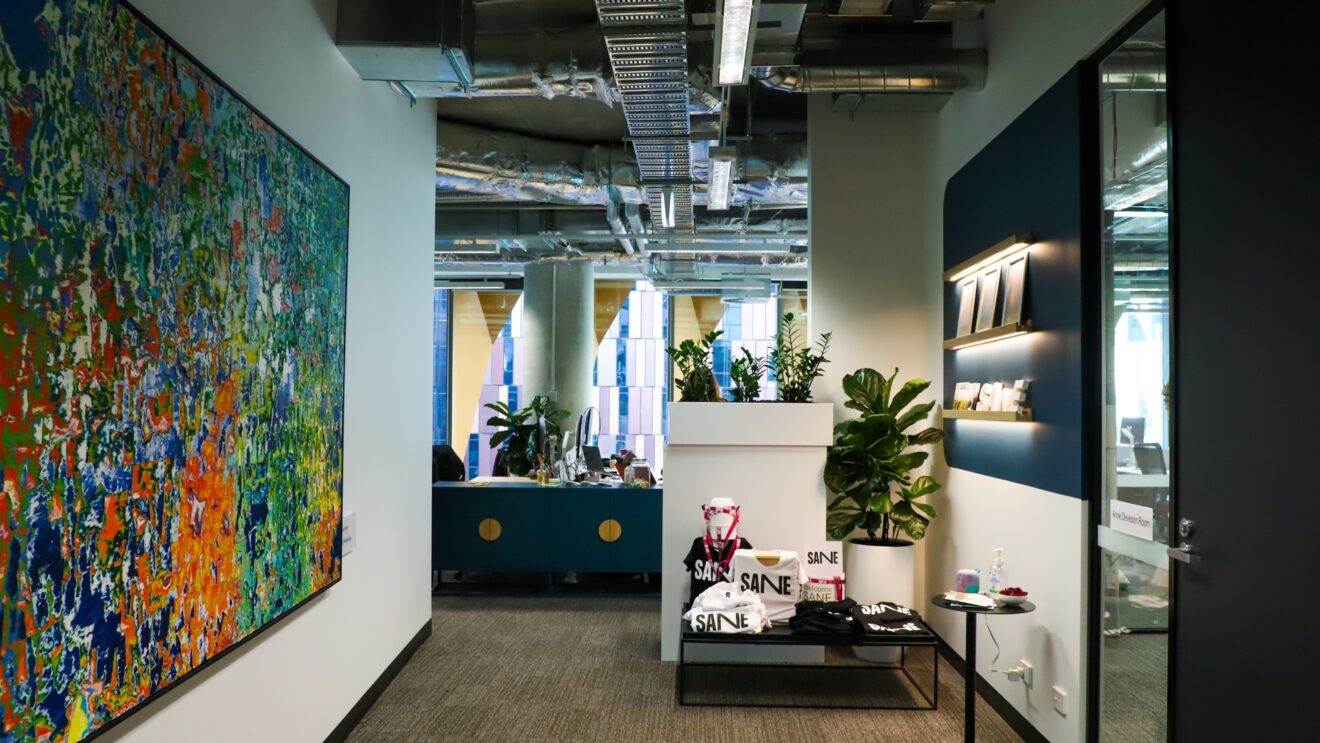
Can you tell us a bit more about the internship program and how that works?
It’s The University of Melbourne work-integrated learning. Students complete internships as part of their coursework and it’s generally a set number of hours. We’re structuring it so students will come in on a Tuesday and Thursday for 10 weeks as part of their program. We’re looking to place students in the people and culture team, and the communications and marketing team.
They’re likely to be doing things like looking at our recent employee engagement survey results and how we can improve that, they’ll get exposure to recruitment activities, and look at how we develop our LND strategy. The comms and marketing team. They might be engaged in developing social media posts. They might draft some media releases and just provide support for any events and launches that we do. We try to give a range of experiences because, for me, part of the benefit for students is being able to get a taste of the different areas within that function and get a feel for what kind of area they’d potentially like to like to move into. I am a huge fan of student placement, my people and culture coordinator was a student for me at my last workplace and I love seeing the career progression available through these pathways.
Can you tell us what your day-to-day looks like?
Each day can be very different. For example, today I spent some time of my people and culture team unpacking our recent employee engagement survey results. Then I sat down with one media officer who’s doing the stigma watch program and talked about what kind of numbers we were seeing coming through in that program. I then spoke to people around the office as I am trying to have a more visible presence in the office. I don’t want to just come into the office and sit in a meeting room, 9am to 5pm. I want to be able to provide some visible leadership.
For me, the office is a space of collaboration and connection. I’ve got to specifically make sure I’ve got time blocked out of my calendar to just walk around and have a chat and check in on people. It’s important to remember that it’s all about the people.
What do you look for when you are hiring new people to be part of your team?
Probably the two biggest things that I look for are a passion for our purpose and curiosity. I think people are going to bring out their best work when they believe in what they’re doing, and that’s where most of our applicants come from. People who might have a lived experience of mental health themselves or a close family member, and it’s impacted their lives and they bring that passion with them to work.
Then I generally recruit for curiosity. People who, when presented with an issue aren’t going to jump to assumptions and just dive into it, they’re just going to take a step back, and think, why do we do it that way? One of my strengths as a manager is helping people find their strengths and their passions and then providing coaching to them so that they can feel fulfilled in their day-to-day. But you got to have curiosity.
What is your favourite part about coming to work each day at Melbourne Connect?
The people. I mean the people is number one, just the vibe of this office. We’ve always got music playing. I think having the colours and the trees and the natural light adds to that.
This office is very on-brand for us, which I think really helps bring people together and encourage people to come back to the office. Most of the people and culture team come in four days a week because they enjoy working here. It’s close to public transport, we like the cafe on the mezzanine, and we have lots of incidental conversations with people in the precinct.
Thanks for your time Jess, it was great to learn more about you and about SANE Australia, we look forward to running into you down on the Superfloor.
